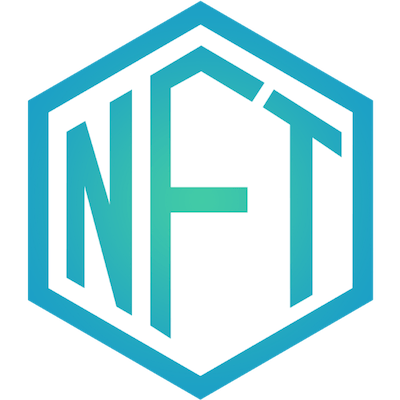
Non-Fungible Tokens
- Post by: Jungpil Hahn
- April 12, 2021
- No Comment
I was interviewed by Lianhe Zaobao a couple of weeks ago on NFTs (non-fungible tokens). The article came out yesterday (https://www.zaobao.com.sg/lifestyle/gadget/story20210411-1138522; in Chinese). It’s not really a very technical piece but a general commentary on what NFTs are and what they mean in terms of what we might expect to see in the near future. A translated version of the article is below (with Thanks to Ng Teck Khim for the kind translation).
The sudden popularity of NFT renews interest in blockchain technology
NFT is used to certify digital assets in blockchain. It can be used to represent any object, whether real or virtual. These objects can be transacted in the form of NFT. Although blockchain has advantages of being safe and transparent, there exist many challenges that are yet to be overcome.
NFT (non-fungible token) is used to certify digital assets in blockchain. Every NFT carries information via a unique marker. NFT can be used to represent any real or virtual objects such as photos, videos, or items and roles in computer games etc. Even though digital objects can be shared unlimited times and can be viewed online, NFT ensures that only one source owns the original product. The concept is similar to buying a painting. Anybody can buy the replicas of a famous painting, but only one person can own the original.
A/Prof Hahn Jungpil, the head of NUS School of Computing Information Systems and Analytics Department said this when we interviewed him : “The independent certification functionality of NFT can bring about many useful application scenarios. For example, a virtual object in an online game cannot be transacted outside that particular game. If the game no longer exists, so will these virtual objects. With NFT, the owner of these virtual objects can sell these objects to people outside the online gaming arena.”.
Prof Hahn also said that the existence of NFT in a blockchain also allows the owner of the object to create a “smart contract” that spells out the conditions and rules of using that object. For example, the smart contract can specify whether a piece of art can be displayed in open exhibits, or it can only be for private viewing. The smart contract can also specify whether the creator or the owner of the object will get part of the profit if the object is sold.
Besides NFT, and due to the higher efficiency and transparency of blockchain technology, blockchain is gaining rapid development in financial domain. These include DeFi (open finance), CBDC (Central Bank Digital Currency), global payment system, crypto currencies, etc.
Prof Hahn said, “As blockchain is a global technology, its development is not constrained to any particular country. For example, in Singapore, there are many people developing innovative DApp (de-centralised app). DApp is different from traditional apps in the sense that it does not rely on any centralized server, it is not constrained by any platform for deployment, and it possesses characteristics of a smart contract and crypto, etc.”
The challenges of development of blockchain technology
As blockchain technology is being developed, many challenges need to be overcome. One of the challenges is the huge electricity consumption. Blockchains need something called a “miner” to verify and certify a transaction in a process called “mining”. Mining includes searching and collecting the transaction information, verifying the authenticity of the transaction information, etc. Mining requires enormous amount of computational capacity and therefore it consumes a lot of electricity.
Prof Hahn said another challenge is related to legal regulations. For example, NFT may result in more activities in art piece transactions and these transactions may entail investment purposes. The authority will then have to consider whether to treat NFT as a kind of bond and requires NFT to meet the relevant regulatory obligations.
Prof Hahn also said that because blockchain data is extremely difficult to tamper with, some users may treat blockchain data as evidence of authenticity. This is however only true if we confine to the blockchain domain. Even when we use digital information to represent a real asset in the real world, we will still face a big challenge in proving the authenticity of the real object. For example, a piece of art can be represented by NFT in a blockchain, but the authenticity of that piece of art (whether is it real or fake) still needs to be verified in the real world and this cannot be done through technology.
